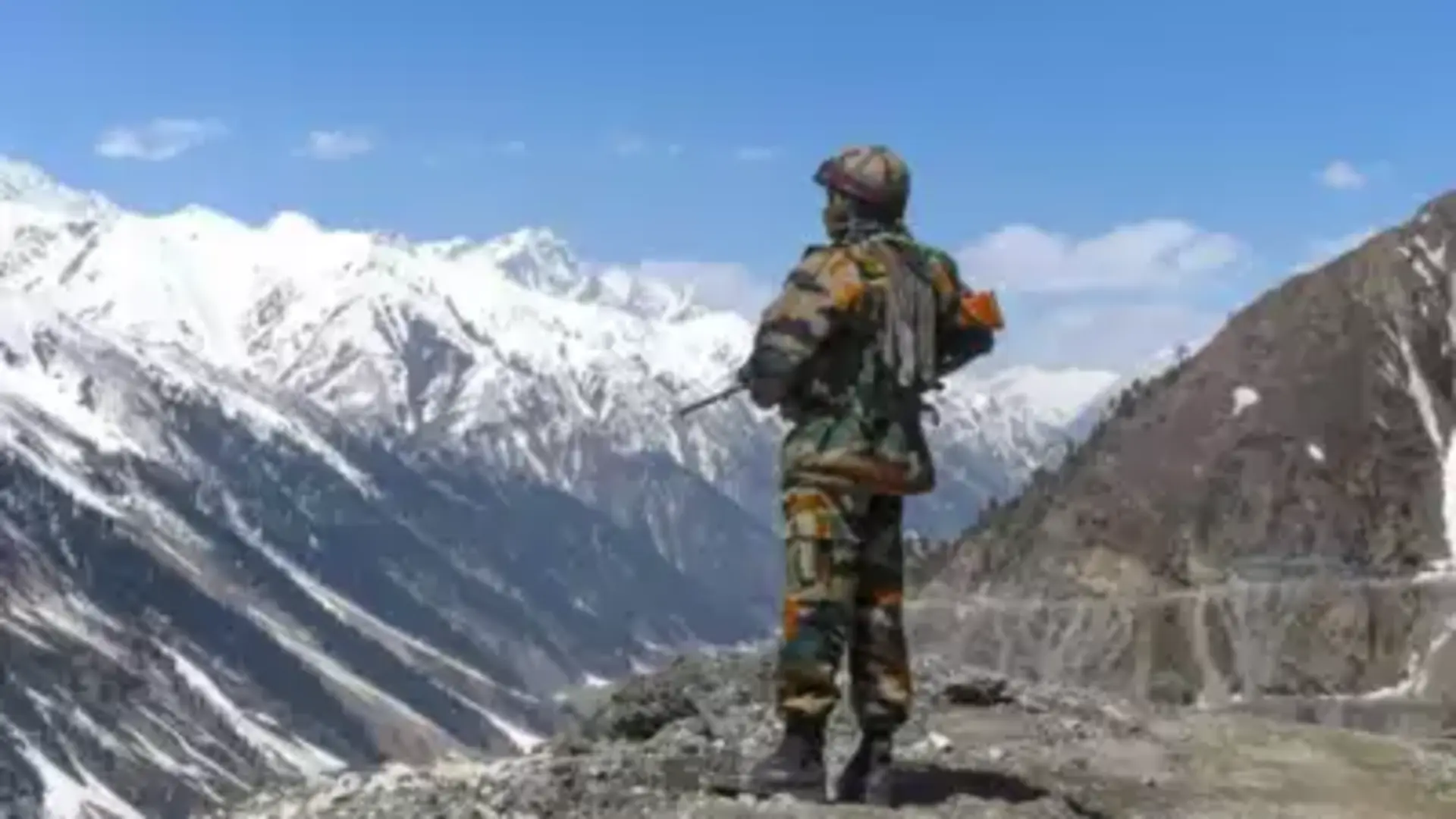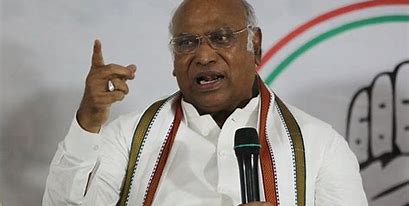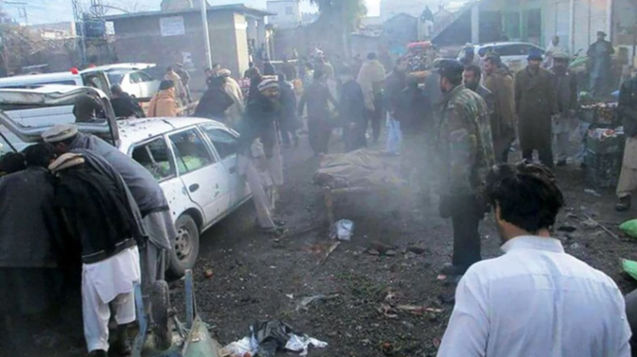The Indian Army has resumed patrolling in Demchok, eastern Ladakh, after nearly four-and-a-half years. Soon, it will start patrols in Depsang, aiming to restore the situation along the Line of Actual Control (LAC) to its pre-April 2020 state before the India-China standoff began, according to sources.
Verification Ensures Safe Pullback
After recent disengagement efforts, both the Indian and Chinese armies withdrew troops and equipment from these areas. Verification of this pullback was done using drones, aerial surveillance, and satellite imagery to confirm the safe distancing of forces. This disengagement follows a breakthrough agreement to reduce border tensions.
Breakthrough Disengagement Process Begins
The disengagement process officially began on October 23, just two days after India and China announced their agreement to resolve conflicts at the final flashpoints in Demchok and Depsang. Both sides pulled back troops, dismantled temporary structures, and cleared the immediate confrontation zones, marking an end to this face-off phase.
Ground Commanders Finalize Patrolling Rules
Ground commanders from both nations agreed on patrolling rules, establishing clear guidelines on frequency and patrol unit size. This agreement ends a two-year negotiation impasse, with the last troop pullback occurring in September 2022 from Patrolling Point-15 (PP-15) in the Gogra-Hot Springs area.
Lt Gen Bhatia: “A Path to Restore Peace”
Lt Gen Vinod Bhatia (Retd), former Director General of Military Operations, said the disengagement allows both sides to patrol in a coordinated, scheduled way. He added that this opens a “path to restore peace and tranquillity along LAC.”
Defence Minister Rajnath Singh Commends Troops
On Wednesday, Defence Minister Rajnath Singh confirmed that India and China had reached a consensus to restore the original conditions in certain areas of eastern Ladakh after “continuous efforts.” Praising the discipline of Indian forces, he stated, “India and China were in diplomatic and military talks to resolve their conflicts in some areas along the LAC. We have reached a consensus following our continuous efforts. We achieved this success due to your discipline and courage. We will continue this process of peace restoration based on the consensus.” Singh shared this message while celebrating Diwali with the troops of HQs 4 Corps in Tezpur.
New Agreement Covers Only Demchok and Depsang
This recent agreement applies only to Demchok and Depsang, but both nations will keep negotiating on other areas. Unlike previous disengagements, this one does not create buffer zones.
Past Buffer Zones and Future Patrolling
Earlier disengagements in areas like Galwan Valley, Pangong Tso, Gogra (PP-17A), and Hot Springs (PP-15) established buffer zones to prevent conflicts. Now, both sides are discussing future patrolling plans in these areas as they move toward de-escalation.
Next Steps: De-escalation and Reduced Troop Presence
Disengagement is only the first step to ease tensions. De-escalation and eventually reducing troops are necessary to restore peace along the border. Though progress is underway, both armies still maintain a large presence with advanced weaponry in Ladakh.







